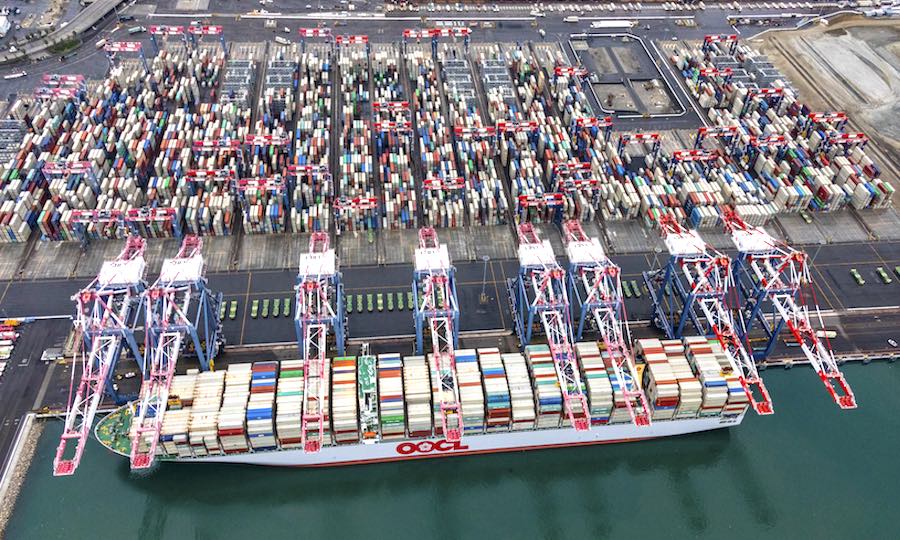Global Trade Faces New Fractures Amid Geopolitical Tensions

Recent analyses by Neil Shearing, chief economist at Capital Economics, indicate that while globalization is evolving, it is far from dead. Contrary to popular belief, global trade remains robust, with shipping volumes near record levels. However, the landscape is shifting as nations navigate a complex interplay of economic nationalism and geopolitical strategy, particularly between the United States and China.
Rethinking Global Trade Dynamics
Shearing points out that the narrative of globalization’s demise often overlooks crucial data. Although some commentators suggest that tariffs imposed by the Trump administration signal a retreat from global trade, the actual figures reveal a different scenario. World trade is still thriving, with ports remaining bustling hubs of activity. The key development is not the reduction of trade but a transformation in its nature.
The notion of “fracturing” rather than outright deglobalization captures the current state of international commerce. This shift is exemplified in the mobile phone industry, where the percentage of devices assembled in China for the US market has plummeted from nearly 70% to just 25% over the past five years. As production relocates to countries like India and Vietnam, trade routes are being reconfigured, demonstrating that while trade persists, it is evolving to meet new geopolitical realities.
Moreover, Shearing highlights that this transformation extends beyond mobile phones. In 2017, 20% of US imports originated from China; today, that figure has dropped to approximately 10%. Goods are increasingly sourced from nations such as Vietnam, Mexico, and India, while China’s exports have pivoted towards Russia and other emerging economies. This rerouting of trade signifies a strategic reshaping, rather than a decline, of global commerce.
The Geopolitical Landscape and Shipping Industry Implications
Geopolitical factors are now playing a pivotal role in shaping trade policies, moving beyond mere economic efficiency. National security concerns have become paramount, particularly for goods such as semiconductors and pharmaceuticals, which are increasingly vulnerable to supply chain disruptions. In response, new production hubs are emerging in strategic locations like India, Mexico, and Southeast Asia.
The phenomenon of “friend-shoring,” where countries prioritize sourcing from allied nations over rivals, is gaining ground. This trend is likely to benefit certain producers and trade routes, as countries like Vietnam and Mexico capture a larger share of US imports. Conversely, nations like Russia have become more reliant on Chinese markets, indicating a long-term shift in trade relationships that is not easily reversible.
For the shipping industry, the evolving landscape means adapting to new trade patterns rather than anticipating a decline in trade volume. The focus will need to be on identifying which sectors and shipping routes will feel the most impact. Strategic goods such as electronics, pharmaceuticals, and dual-use products are expected to experience the most disruption. As manufacturing shifts away from China, it may relocate to other low-cost countries, potentially increasing shipping demand despite longer transit times.
However, the volatility introduced by geopolitical rivalries poses significant risks. Sudden political shifts, tariffs, or sanctions can disrupt established trade flows overnight. As a result, shipping companies must cultivate flexibility in their fleets and routes to navigate these uncertainties. The era of predictable and steady growth in a borderless trade environment has concluded; geopolitical dynamics are now a critical factor in global commerce.
while the landscape of globalization is changing, it is not disappearing. Instead, it is fracturing and rerouting, presenting both challenges and opportunities for shipowners and traders alike. Adapting to this new reality will be essential for thriving in the modern trade environment.
